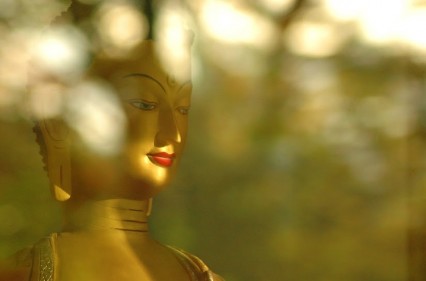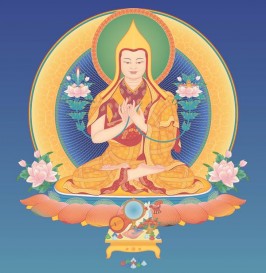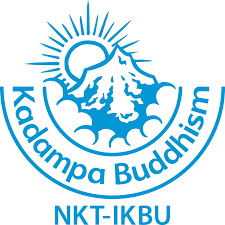What is Modern Buddhism?
At Compassion Kadampa Buddhist Centre Buddhism is taught according to the New Kadampa Tradition, also known as Modern Buddhism. Teachings are given with the purpose of leading us all to gain realisations through which we can solve all our daily problems of painful minds - delusions - and accomplish the real meaning of our human life.
One of the principle practices of Buddhism is meditation, which you can read more about here.
Kadampa Buddhism is a practical tradition of Buddhism that derives all its teachings from Buddha, who attained enlightenment in Bod Gaya, India over two and half thousand years ago.
When Buddha first taught the Buddhist path he did so in a way that was appropriate to the people of that time. He taught them about renunciation: the wish to become completely free from all traces of suffering and attain the supreme inner peace of Nirvana. He taught them about bodhichitta: a supremely good heart that wishes all other living beings to experience the supreme inner peace of Nirvana; and he taught them about the ultimate nature of reality as a method for attaining this exalted state. With all these teachings many of Buddhas disciples were able to attain the state of supreme happiness, nirvana in one short life.
Ancient Kadampas
Later when Buddhism was brought to Tibet by the great Indian meditator and scholar Atisha a new presentation of these teachings was needed that was appropriate for the Tibetans.
This new presentation became known as Kadam Lamrim, which embodied all of Buddhas teachings but in a way that was easier to understand and more practical. This new presentation of Buddhism quickly spread throughout Tibet and those who followed its path became known as Kadampas.
The New Kadampa Tradition
A few hundred years after Atisha a great Yogi and scholar named Je Tsongkhapa further developed the Kadampa Tradition and it was renamed the New Kadampa Tradition. Je Tsongkhapa showed how the practice of Sutra and Tantra were completely non-contradictory and compatible. He clearly explained the meanings of all Buddhas teachings and the commentaries of the great masters before him in a way that was practical and easy to understand. The teachings Je Tsongkhapa gave were so successful that they flourished in Tibet for another 600 years.
Buddhism for the Modern Age
In the modern age we have our kind Spiritual Guide and Founder of the New Kadampa Tradition: Venerable Geshe Kelsang Gyatso to thank for perfectly transmitting Je Tsongkhapa's New Kadampa Lineage purely and completely to the West. Through opening over 1000 Centres and branches, composing 22 books, and training countless teachers Venerable Geshe Kelsang is primarily responsible for the survival of Je Tsongkhapa's New Kadampa Tradition in this world. It is with great good fortune and with much gratitude to him that people of the Modern Age have the opportunity to study and practice these teachings throughout the world.


